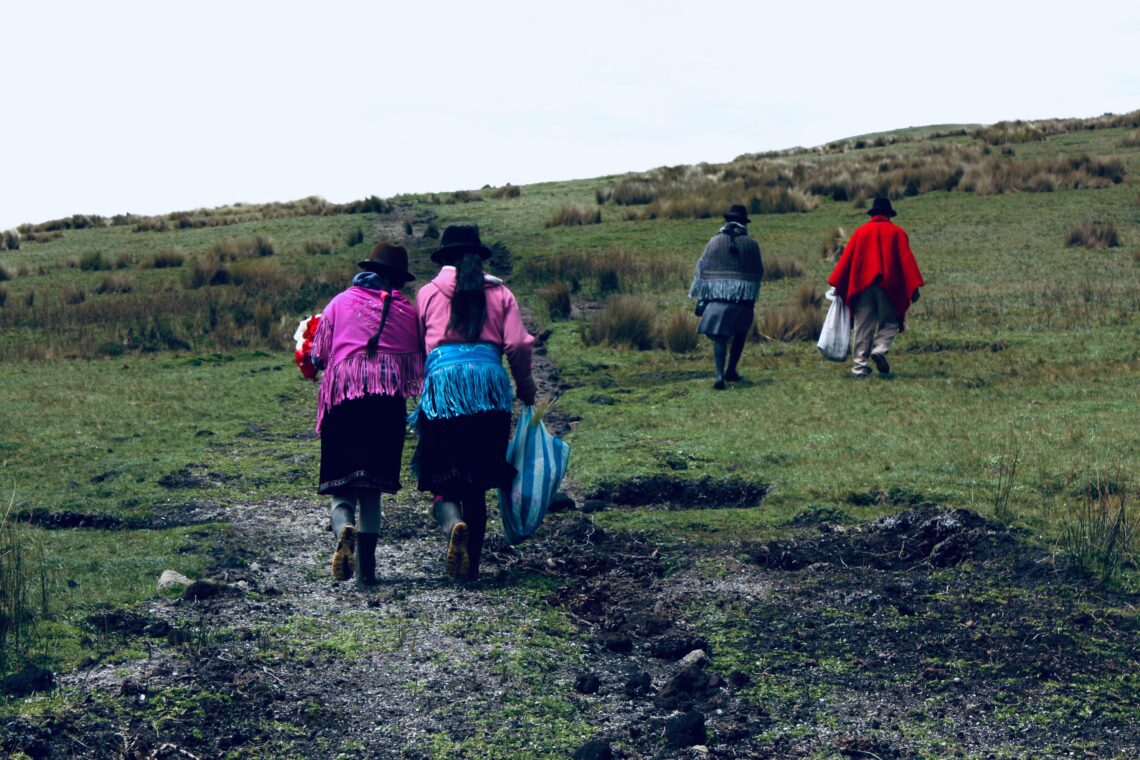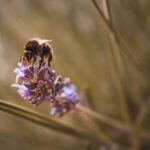
Acknowledging Indigeneity and the land
Indigenous treaties were written to ensure land was shared with non-Indigenous settlers. However, Indigenous Peoples and their territories were overtaken when Europeans arrived.
More educational institutions and organizations in Tkaronto and across Turtle Island, now known as Canada, are acknowledging this important history. One way is by implementing land acknowledgements.
Land acknowledgements are formal statements that acknowledge that Indigenous Peoples were the first to inhabit their traditional territories. They also highlight the strong relationship that Indigenous Peoples have with their land.
Acknowledging that relationship encapsulates how they live and what they believe in.
“Indigenous Peoples’ connection to the land is all about our ways of being and our ways of knowing. We see the land as being sacred,” says John Croutch, the Indigenous training coordinator at the University of Toronto’s Office of Indigenous Initiatives. “The land, the waters, the animals, the insects. Everything in creation is sacred to us. We also believe that everything in creation is our relatives.”
Croutch is Anishinaabe on his mother’s side and settler German-Canadian on his father’s side. He is a member of Wikwemikong First Nation on Manitoulin Island.
Carolynne Crawley is an Indigenous activist and the founder of Msit No’kmaq.
Crawley explains people need to respect the land around them just as much as human relatives. The right for the land to be loved and connected with, motivates her work.
“My work is really looking at reconciliation with the earth because the earth has also been greatly harmed by colonialism and capitalism and continues to be harmed. So, I find ways to connect people with the earth, whether it’s through sensory experiences, sharing teachings or learning about those relatives,” says Crawley.
Crawley has Mi’kmaw, Black and Irish ancestry.
Non-Indigenous individuals did not make an effort to connect with the land in the same way. They viewed Indigenous land as a commodity rather than a gift that provided resources for human beings.
“As far as I know, we don’t even have a word for the selling of land. It is a sacred gift from the creator, and it is meant to be shared,” Croutch says. “And so that’s how we saw the treaties when we signed them. We were under the assumption that we were going to share the land and the resources to everyone’s benefit, but that’s not how it happened.”
Since settlers severed the relationship between Indigenous Peoples and their land through residential schools, reserves and other segregation tactics. They should recognize their position through land acknowledgements.
All land acknowledgements need certain components to properly display respect and acknowledgement. This means discussing the importance of non-human beings.
“Also acknowledge the lands and the waters. Because for Indigenous Peoples, there is no separation between us,” Crawley says.
It is also critical to be sincere. It is important to find a balance between personalizing a land acknowledgement and recognizing Indigenous Peoples.
“Be humble. Don’t make it all about yourself, but bring yourself into the land acknowledgement. Make it personal,” says Croutch. “Say, ‘I realize the benefits that I have accrued at the expense of Indigenous Peoples, and I am going to work to learn more about the history of Indigenous Peoples.’”
Lastly, land acknowledgements without actions behind them are not true acknowledgements.
Crawley references an article by Algonquin-Anishinaabe-kwe author Lynn Gehl and asks, “If you knew that something that was really valuable to you was taken away from you, and every time that it was being used, that person acknowledged that it wasn’t theirs and they stole it and they’re not doing anything about it, how would you feel?”
The first step is educating oneself.
“The most important thing about a land acknowledgement is that it’s factual. You do your research, do your homework and find out whose land you’re on,” says Croutch. “Take the time to learn how to pronounce their names.”
In addition, both Croutch and Crawley strongly encourage people to demand more from politicians. To do so, people should learn more about the Land Back movement, which aims to return land to Indigenous Peoples.
“89 per cent of all land in Canada is controlled by the government and the crown. And 0.2 per cent of all land is designated as reserves, and then, it’s like, 10.8 per cent is privately owned,” Crawley says.
Although land acknowledgements should include certain elements, they shouldn’t be developed by going down a checklist. They need to be heartfelt and profound.
Land acknowledgements are not the be-all and end-all of promoting Indigenous rights. Rather, if land acknowledgements are done correctly, they can be starting points for observers and listeners to educate themselves.
About the author
Grace Nelson-Gunness is a reporter for Youth Mind. She enjoys watching Criminal Minds or reading a suspenseful horror-thriller novel while drinking a vanilla latte.







